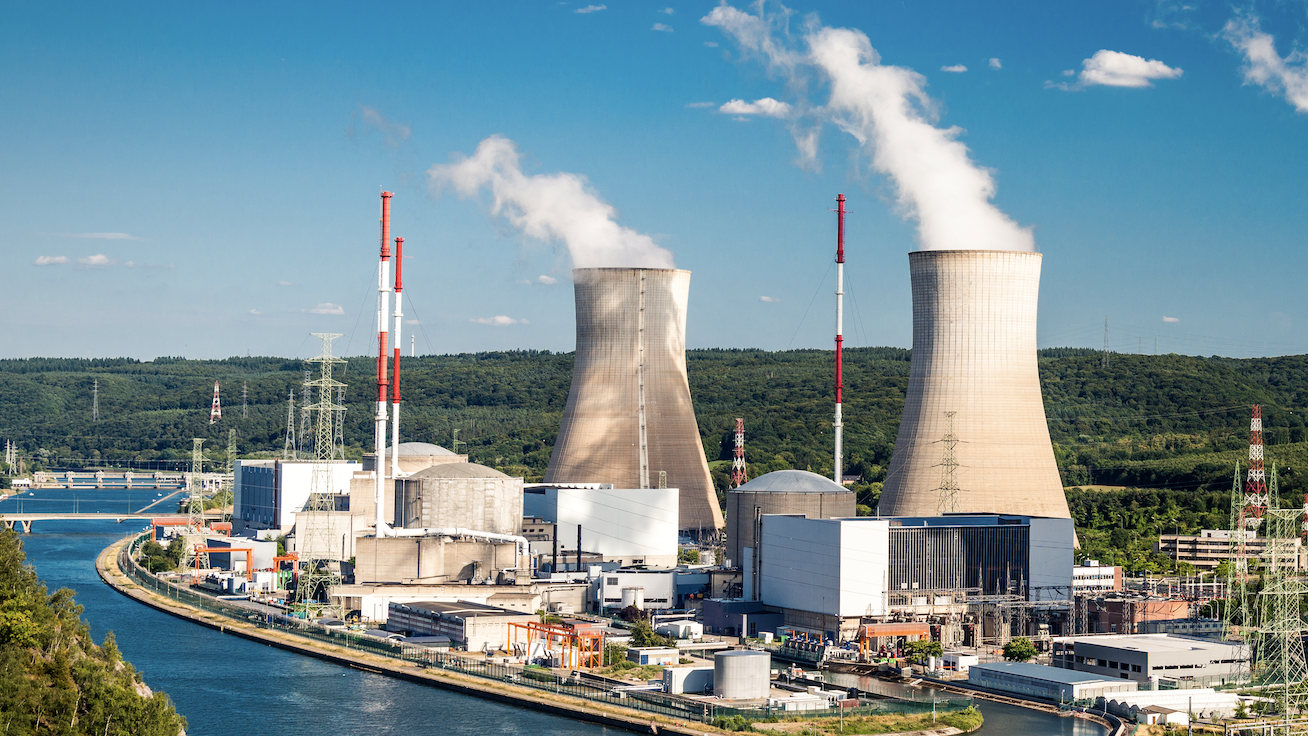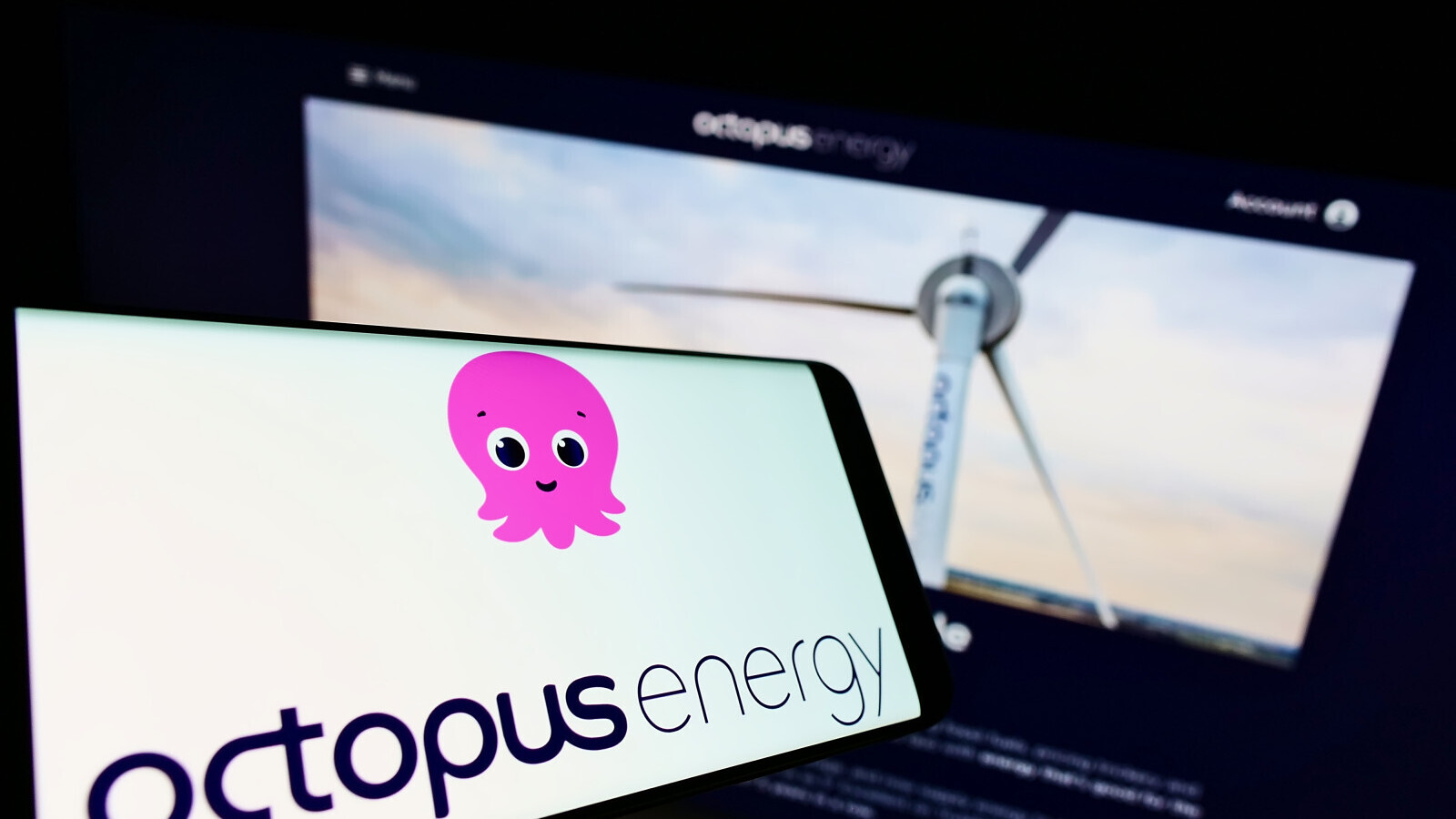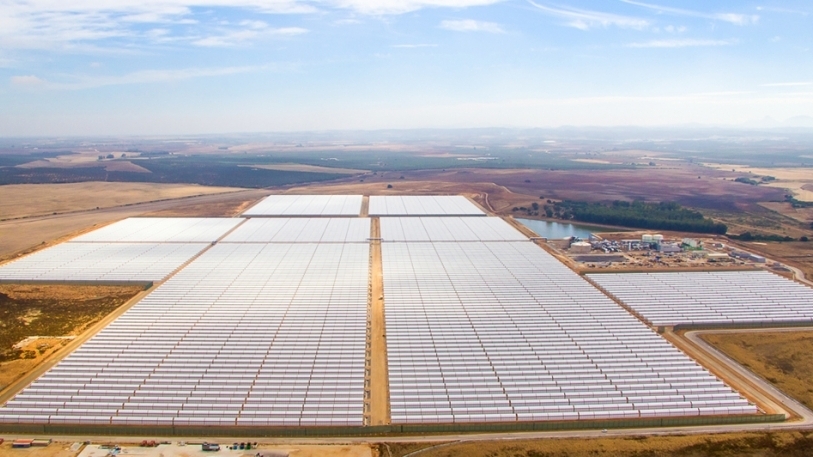
McKinsey warns ‘upfront’ commitments from investors fall billions short of net zero targets
To set the world’s largest economies on a credible path to net zero, private investors should cough up billions more in ‘upfront’ investments to transform energy infrastructure and land use-systems, according to a new report.
In fact, the G20 markets, the 20 largest economies in the world, need an estimated $35 trillion in the next ten years alone, on top of current investments, to remain or get on track to net zero greenhouse gas emissions by 2050, a study by consultancy giant McKinsey warned.
To get anywhere near the goals as set out in the 2015 Paris Agreement, most fresh investments would need to “be made upfront” by institutional investors, such as pension funds, insurance companies and other institutional investors, the researchers stressed.
In order to encourage asset owners to bankroll more renewable projects, governments and other public bodies should explore more public-private commitments and collaboration, launch new investment incentives and accelerate innovation, the analysts said.
“Market responses to new incentives for net zero occur when subsidies or other forms of public support crowd in more private spending, as could regulatory and policy changes,” they noted.
“For example, government grants and concessions, or funding from state-owned enterprises and development finance institutions could help improve the risk and return profiles of investments. Greater public support could also further accelerate technology learning, resulting in avoided spending towards the net zero investment gap,” according to the report.
"Market responses to new incentives for net zero occur when subsidies or other forms of public support crowd in more private spending, as could regulatory and policy changes."
“While G20 economies have made tangible progress in reducing emissions in recent years, CO2 emissions still need to further decrease almost 50% by 2030 versus 2020 levels to reach net zero goal on time,” the consultants said.
“To put it in perspective, G20 economies at present emit about 31 gigatons CO2 per annum and would need to reduce that by about half by the end of this decade.”
Interestingly, despite China, India and Brazil mentioned as the countries with the highest emission reduction requirements, McKinsey singled out Germany as the G20 country with the highest net zero investment needs among developed countries.
Also read
How are investors tracking climate risks in fixed income?




